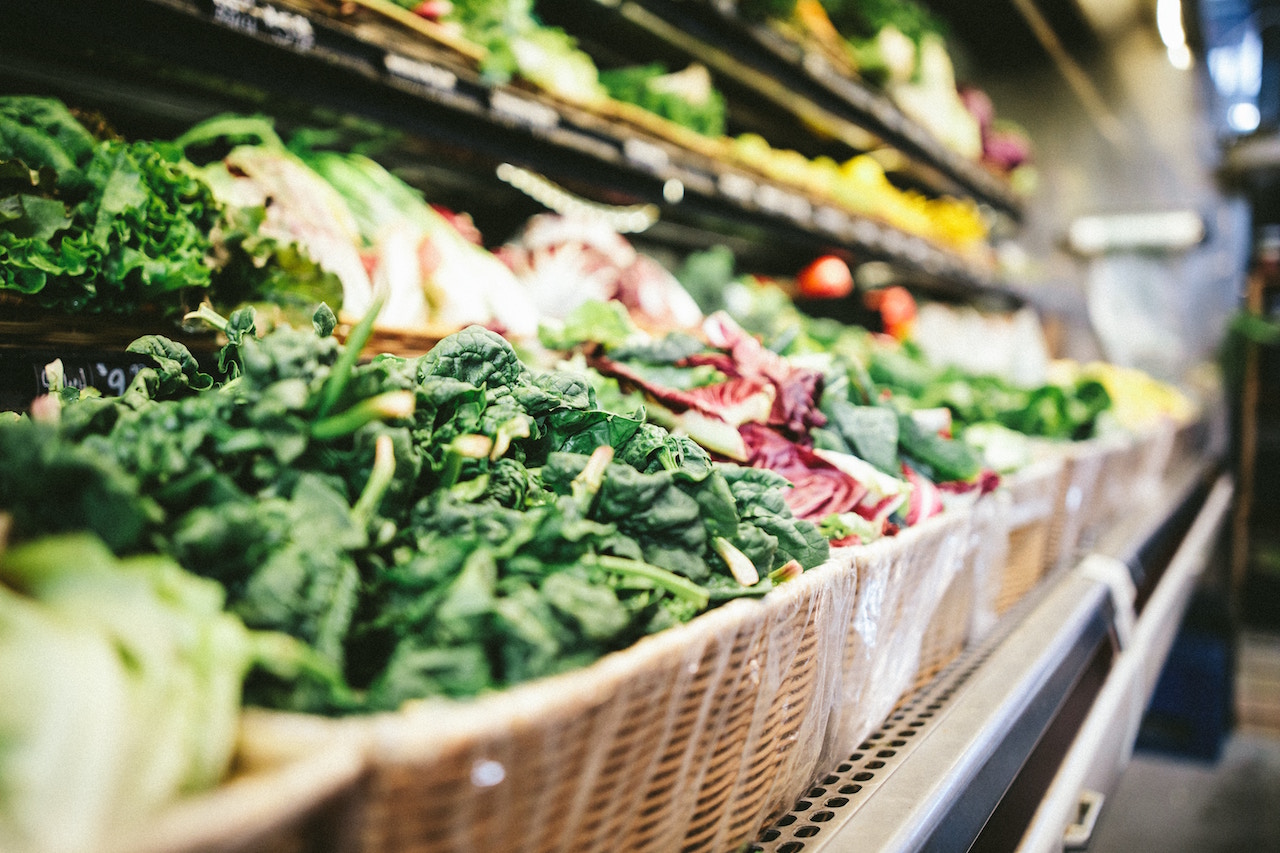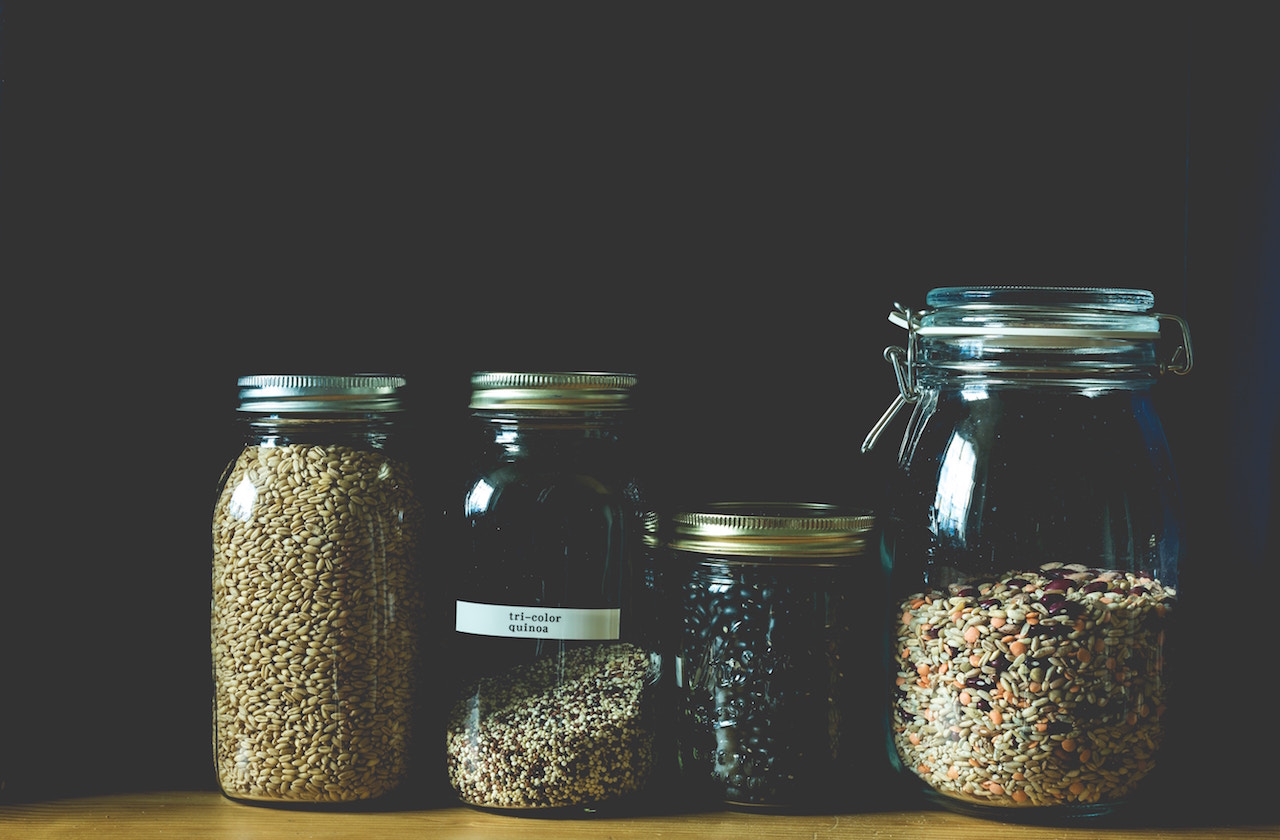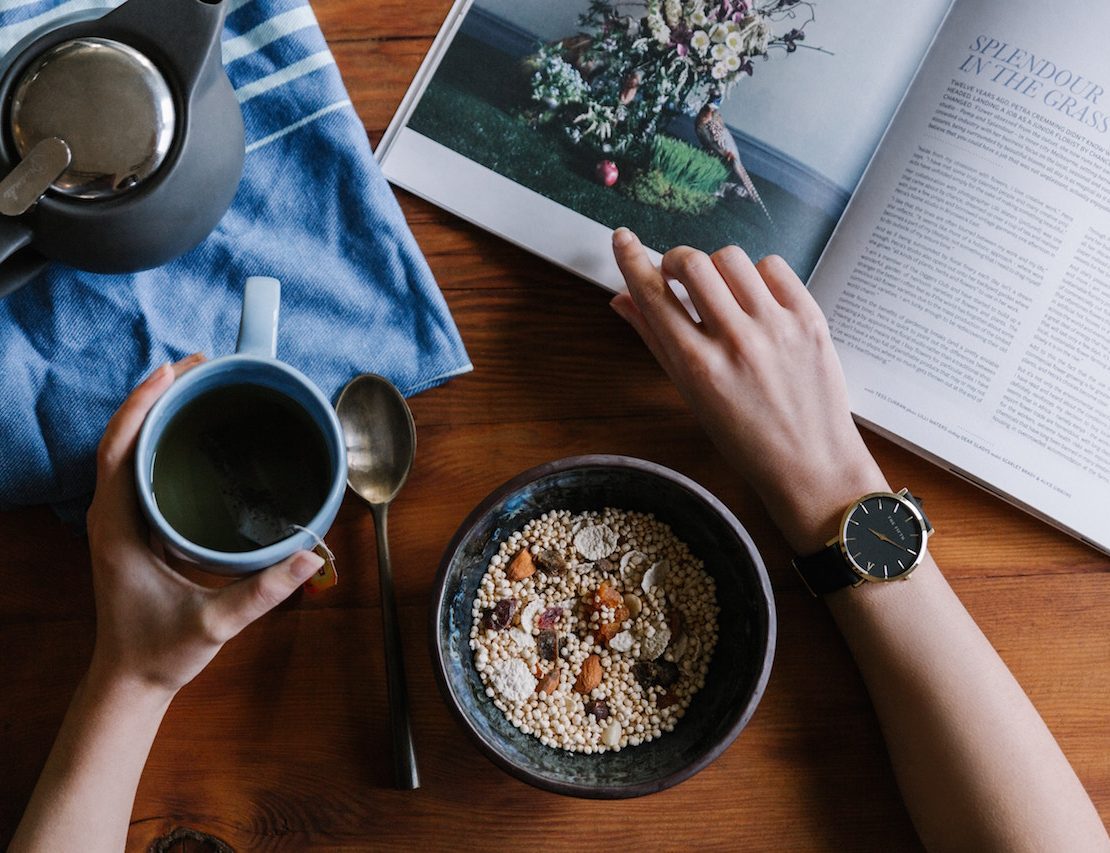I struggled with iron deficiency anemia for years since high school, and it got to a point where I wasn’t able to walk properly because one of my legs had fluid retention. I was on and off on supplements, but my unhealthy diet continued. It wasn’t until I started to become more mindful of my eating habits that my health began improving.
Anemia strikes when the body’s red blood cell (RBC) count drops, restricting the flow of oxygen our muscles and tissues need in order to perform their best. Each person experiences different signs and symptoms, but the most common include fatigue, sensitivity to cold, irritability, cravings (usually for unhealthy food), irregular heartbeat, and headaches.

It’s good that we’re recognizing the healing power of food, but it’s not necessarily right to think of them as medicines or ‘cures.’ Increasing your intake of iron-rich foods will definitely do a great deal for your anemia, but it’s also important to check with your physician so you can take the right vitamins, too.
Scroll down to see the best foods for anemia, as recommended by nutritionists.
Nuts and seeds
These nutrient-dense nibbles are great for snacking (I suggest you keep one beside your desk). Pumpkin seeds are rich in iron and an ounce of pistachios pack an average of 6.1 percent of your daily value.
Dark, leafy greens
There are two types of iron to keep in mind when looking for iron-rich veggies: heme and non-heme. Heme iron comes from animal sources while non-heme comes from plant sources. “70 percent of heme iron can be absorbed by the body while only about 30 percent of non-heme forms of iron can be absorbed by the body,” says Isabel Smith, a celebrity nutritionist. So if you’re vegetarian/vegan and rely on non-heme iron, you might need to up your serving sizes.

Shellfish
Seafood, especially the shelled variety, is one of the best supplements to your diet if you’re anemic. Six medium oysters provide at least 5 mg of iron, eight large shrimp have about 1.3 mg, as well as lobsters and crabs. Not a fan? Sardines are another great option.
Lean red meats
Lean red meats (preferably grass-fed) provide a heavier dose of iron with 22 percent of your daily intake. Maximize iron absorption by pairing it with vitamin C-rich foods like red peppers, tomatoes, oranges, and broccoli.

Legumes
Don’t underestimate the power of legumes as a half cup can have as much 3.3 mg of iron (we’re looking at you, lentils). They’re also great sources of fiber, protein, and potassium, which can keep you full for longer.
Organic eggs
There’s a reason why eggs remain to be one of the healthiest and most powerful foods you can eat. Eggs have naturally high iron levels and a whole lot of good fat which is why they’re a favorite breakfast staple. Create an iron-rich breakfast plate by placing your eggs atop whole grain toast with organic butter and roasted tomatoes.
Quinoa
Quinoa and other grains like oats, amaranth, kamut, whole wheat, and teff are loaded with fortifying iron. There’s about 4.6 mg of iron in 100 grams of quinoa. Plus it’s a more natural option compared to iron-rich cereals, grains, and pasta sold in supermarkets.
Avoid drinking coffee with your meal if you’re keeping an eye on your iron intake as it can block iron absorption. Keep it an hour or two away from an iron-rich meal.
Photos courtesy of Unsplash
Read more:
These superfood combos work better together
Ultra Violet fruits and veggies to start growing in your garden
Read more from Bea Llagas:
Who knew high-fat coffee could be good for you?
Self-care is the most important wellness trend of 2018
Writer: BEA LLAGAS




